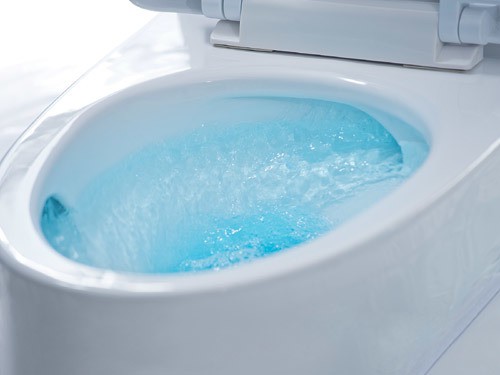Although it constitutes a rather unsavory section of the home plumbing system, a sewer system is one of the most hygienic components in the entire household. The home sewer system forms the final portion of the three-tiered home plumbing system, which includes the water supply section, the water usage and storage portion, and the sewer and drain section. Incidentally, almost everything about the sewer system is shrouded in mystery — from its physical location (underground) to its operational dynamics, the sewer system is perhaps the most inscrutable component in a typical home plumbing system.
Although we rarely consider the functional and structural nature of our home sewer system, we suffer distasteful lessons anytime there is a sewer breakdown. Sewer problems range from minor clogging problems to burst sewer tanks. Although you can fix some minor sewer issues like simple, plunger-responding clogs, you are advised to consult a professional plumber in your locality as soon as possible for major sewer problems like sewer tank leakages. For instance, if you live in Washington, you can consult and hire any reputable plumber, who advertises professional sewer services in DC, in order to get the problem fixed. Also, you can prevent many sewer system problems by practicing the following simple home maintenance tips.
Flushing Restrictions
Sewer lines are designed for the disposal and flushing of waste water, human waste, and toilet paper — ONLY! Avoid flushing paper wrappings and diapers, sanitary napkins, and any other hygiene products down the toilet; dispose of them in the garbage. Even if the packaging claims that these items are flushable, beware that they can clog sewer pipes and cause extensive problems to the sewer system.
Protect The Sewer Line From Root Clogging
Sewer pipes are easily clogged by root invasion from trees, shrubs, and other plants growing too close to the sewer line. In addition to their roots growing into or around the sewer pipes and clogging them, crowding plants make it difficult to maintain sewer lines. As such, avoid planting any plants near the home sewer line and cull any wild plants growing near the sewer line. It is also advisable to inspect the sewer system regularly — look out for signs of root clogging in sewer lines, such as odd gurgling sounds or black back-streaming drainage water in sinks and showers.
Enzyme Drain Cleaners
One of the simplest and most effective DIY sewer maintenance activities is the physical cleaning of drain pipes once a month. In order to clear your drain pipes, you are advised to clean them using enzyme cleaners instead of chemical-based cleaners every month. In addition to cleaning the sewer pipes safely, these environmental friendly enzyme drain cleaners are safer for your health as compared to the highly reactive commercial cleaners. You should also perform an annual root cleaning exercise to keep the sewer lines clear from any debris and hence avoid clogs.
Replace Clay And Lead Sewer Pipes
Some old houses still have clay and lead sewer pipes, which were used many years ago. Clay and lead pipes corrode slowly over the years, impairing their functionality and increasing the risk for a sewer clog. Also, lead pipes are poisonous, and are especially discouraged in homes with young children. Replace these corroding pipes with plastic polymer pipes — they will work just fine and be so much safer.
http://plumberindc.com/4-diy-maintenance-tips-for-your-home-sewer-system/
No comments:
Post a Comment